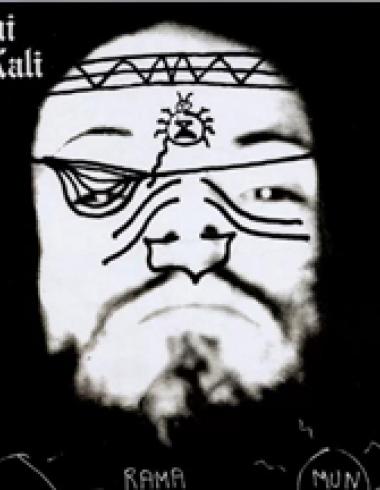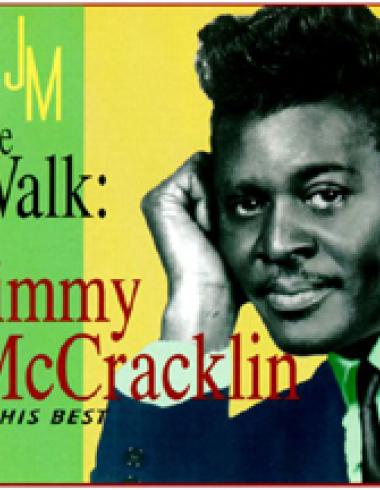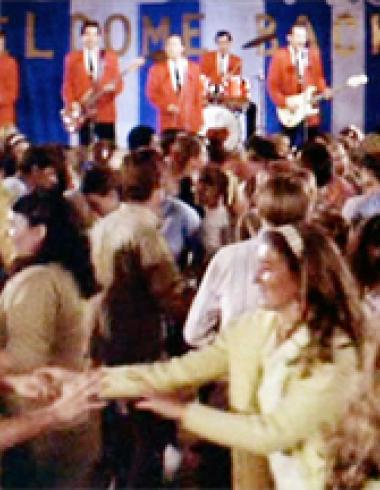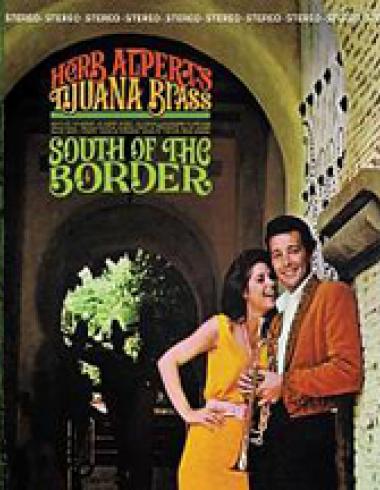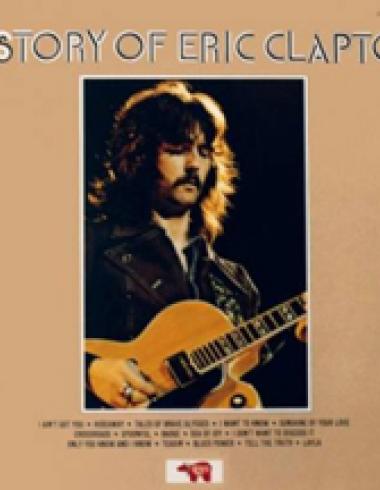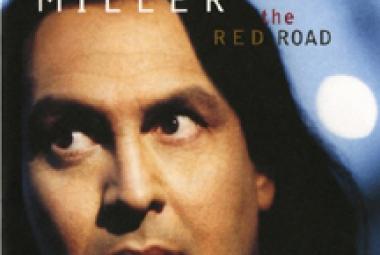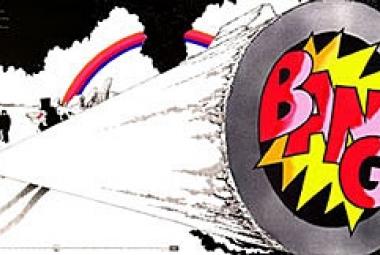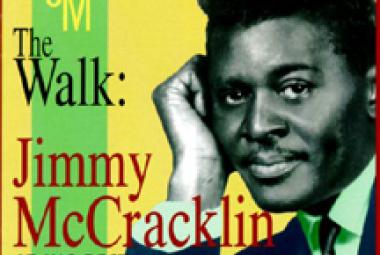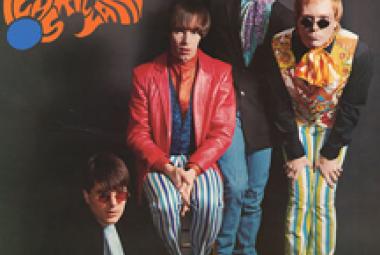“Like a Rolling Stone” is a 1965 song by the American singer-songwriter Bob Dylan. Its confrontational lyrics originated in an extended piece of verse Dylan wrote in June 1965, when he returned exhausted from a grueling tour of England. During a difficult two-day pre-production, a breakthrough was made when it was tried in a rock music format, and rookie session musician Al Kooper improvised the organ riff for which the track is known. It was only when a month later a copy was leaked to a new popular music club and heard by influential DJs that the song was put out as a single and became a worldwide hit. In 2004 and again in 2011, Rolling Stone placed the song at number one on its list of “The 500 Greatest Songs of All Time”. At an auction in 2014, Dylan’s handwritten lyrics to the song fetched $2 million, a world record for a popular music manuscript. (More from Wikipedia)
I was born a couple of years later than Greg Shaw, so I turned 14 in 1965. By then, the Beatles and the Rolling Stones were old news; and while I was still paying attention, what was really grabbing me at the time were American artists and bands. First and foremost was “Like a Rolling Stone” by Bob Dylan; that song – plus the flip side “Gates of Eden” that was nearly as long and every bit as good – captivated me in a way that I just couldn’t keep quiet about. Other great folk-rock sounds of that period included the release of the cover of Dylan’s “Mr. Tambourine Man” by the Byrds and the revamped “The Sounds of Silence” by Simon and Garfunkel. Bob Dylan himself preferred the Byrds’ cover to his own recording of “Mr. Tambourine Man”; but in my usual contrarian way, I preferred Dylan’s original – it was a lot longer for one thing.
These songs were followed closely by the glorious sounds of garage rock and psychedelic rock that were then in their infancy. Songs like “Pushin’ Too Hard” by the Seeds, “We Ain’t Got Nothin’ Yet” by Blues Magoos, and “I Had Too Much to Dream (Last Night)” by the Electric Prunes really made an impression on me. It wasn’t until I picked up the Nuggets collection and then the numerous Pebbles albums that I plumbed the depths of this scene, but it was by no means brand new to me either.
The “Mixed Up Confusion” single was released on December 14, 1962 – a full 5 months before Dylan’s second album, The Freewheelin’ Bob Dylan was released – but was almost immediately pulled from the market. Though not electric in the same way as, say, “Like a Rolling Stone”, “Mixed Up Confusion” is rock and roll all the way. Had this song been given any exposure at all, the folk-rock movement could have been started years earlier.
(June 2013/2)
* * *
Besides the Rolling Stones, Rolling Stone magazine is also named after “Rollin’ Stone”, as is Bob Dylan’s signature song, “Like a Rolling Stone”.
(March 2014/1)
* * *
The title song on Highway 61 Revisited (1965) – the album which includes Dylan’s signature song “Like a Rolling Stone” – includes a novel take on the Biblical story of Abraham, when God told him to kill his newborn, long-promised son Isaac.
(August 2014)
* * *
But suppose Peter, Paul and Mary hadn’t had the same manager as Bob Dylan, or that they hadn’t liked “Blowin’ in the Wind”? Or suppose it hadn’t been a hit? Bob Dylan is an unquestioned songwriting genius, but his singing style is an acquired taste – if Dylan had to depend on his own recordings, the world might have already moved on by the time “Like a Rolling Stone” came out more than two years later.
You think I’m kidding? You think Bob Dylan is such a huge talent that he would have been a success no matter what? Consider the case of Mimi and Richard Fariña.
(March 2015)
* * *




